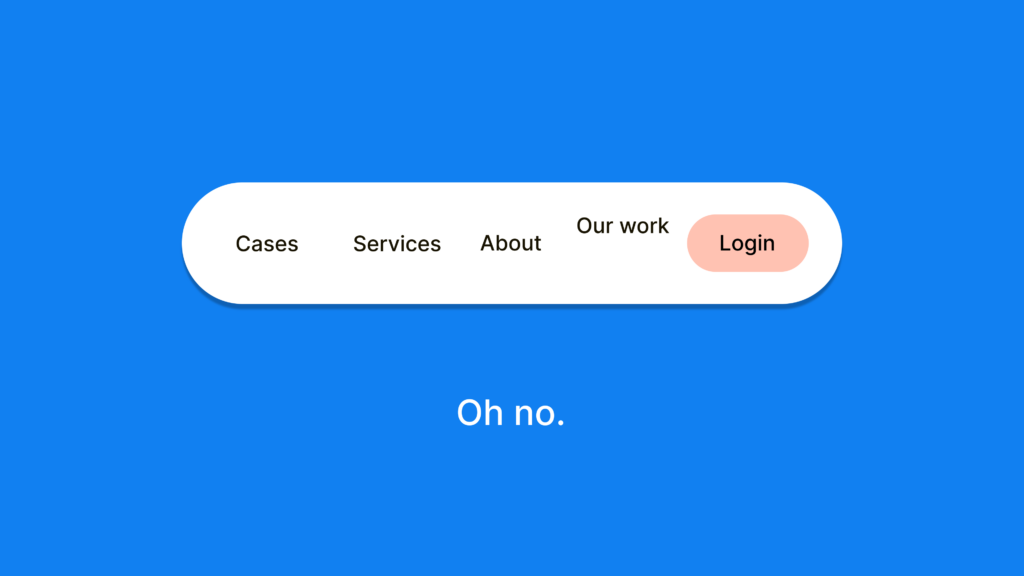When websites with a large amount of information have to be structured, it might be quite difficult to find a logical and functional result. For instance, how do you determine which subject belongs to which category? And what category title can be given to a group of subjects?
At that point, a Card Sorting workshop can help to get some user insights and to come up with a logical and user friendly Information Architecture (IA).
We already applied this method several times for different customers, and are happy to share our findings!
Preparing your Card Sorting Workshop
1. Open or closed Card Sorting?
In the first place, it’s important to decide on an open or closed Card Sorting. When doing an open Card Sorting, the participants get the freedom to choose and name their own categories or themes; when doing a closed Card Sorting, all themes have been captured up front and participants are expected to sort the different subjects into one of these themes.
When looking at our last project, our preference went to an open Card Sorting. Due to the difficult content of the site, there was a need for clear themes or categories so that users would find their way on the future website. Thanks to this way of working, we could decide which themes needed a better name; and if themes needed to be added to the IA.
2. Preparing the workshop.
In preparation of the workshop, all subjects are printed on small cards. If the used terms are complicated, extra explanations can be printed on the backside to help the participants. The participants of the workshop will receive a pack of cards; with the request to sort them into specific themes or categories. Besides these cards, they also receive some empty cards (preferably in a different color) on which they can write down the chosen category name for the different groups of subjects.
3. Organizing the participants & conducting the workshop.
When organising a Card Sorting workshop, it’s important to end up with different results coming from different participants. With only 1 series of sorted cards, you won’t have enough information to support your IA. For example, only when several groups of participants make similar choices or identical groups, you can conclude that these subjects belong together indeed. Also, when a specific category-name is chosen by multiple participants, you can wonder if it might be a good idea to use this name as well.
On top of that, make sure that the participants have the opportunity to arrange certain subjects into different groups (by adding empty cards); as sometimes subjects fit into different categories.
In our project, 8 groups of 2 participants were composed who each did their own Cart Sorting exercise; giving us different results which could be compared afterwards. In several cases, there appeared to be large similarities between the results of the different groups; but in other cases, results could differ quite a bit. The reasons for this were that sometimes the content wasn’t comprehended (and a new name for the subject could be important); or that the subject belonged to different categories.
Applying the results to your IA
Although Card Sorting can provide insights into the thoughts and logic of the end users; it’s definitely no law or rule that will decide everything in your IA. However, this is a good way to get a view on where users will search for certain subjects; and in which category the subjects belong. And that is very useful information to know!
Also, make sure that your customer is involved and supports the new structure. In some cases, subjects can’t be removed from certain themes; or certain categories use legal terms which can’t always be changed.


